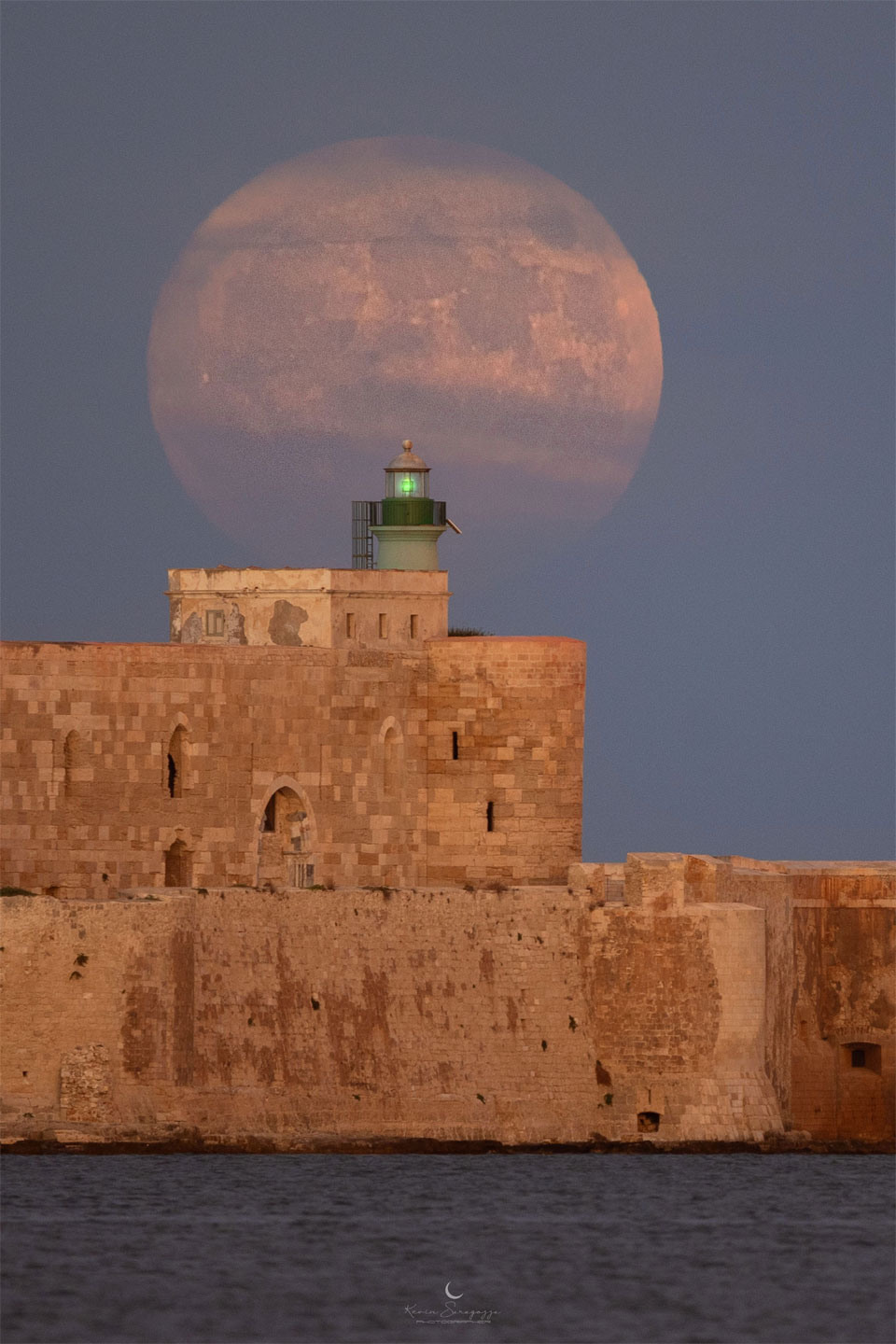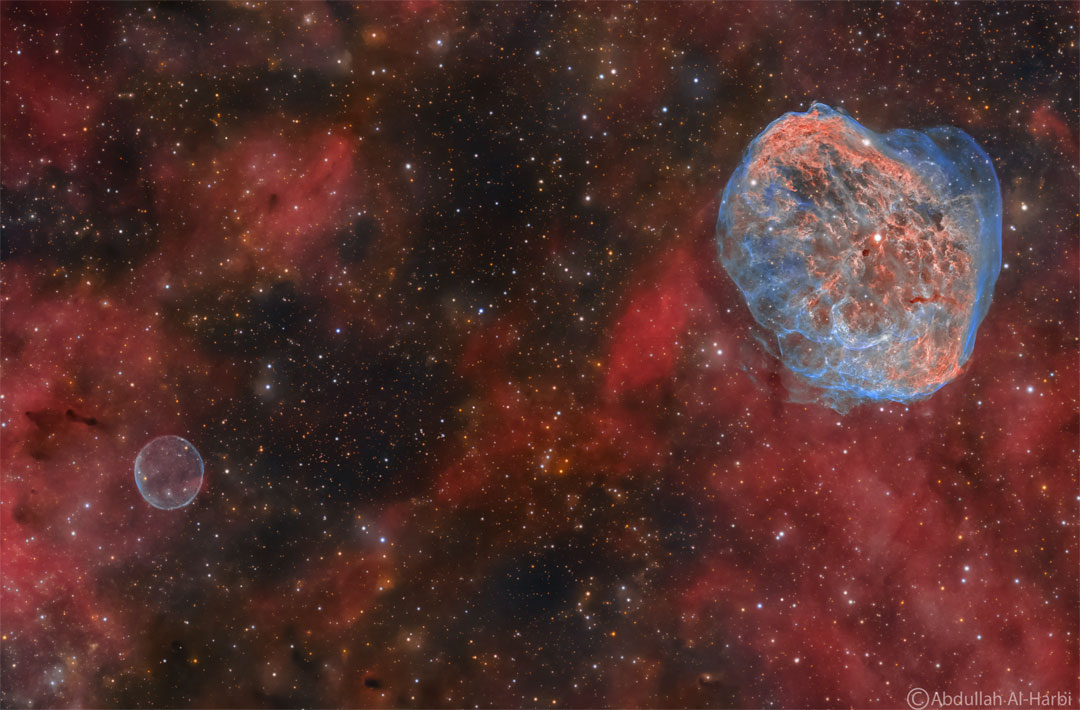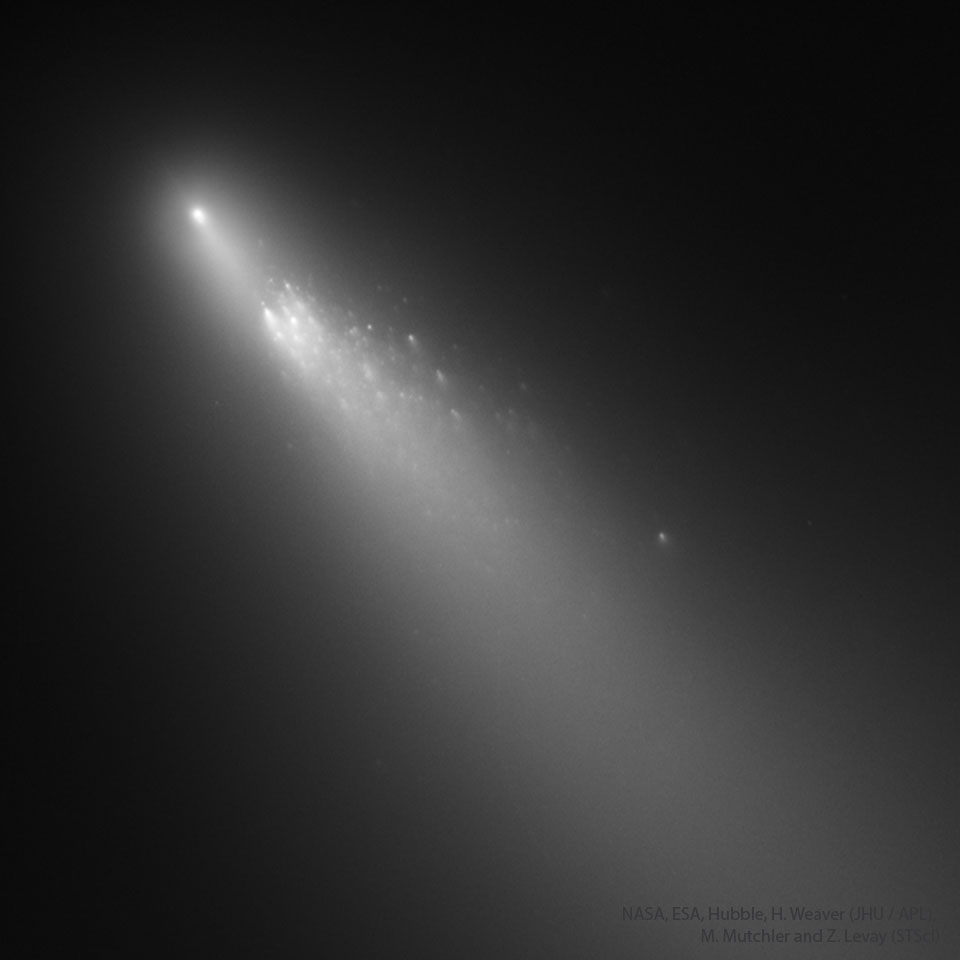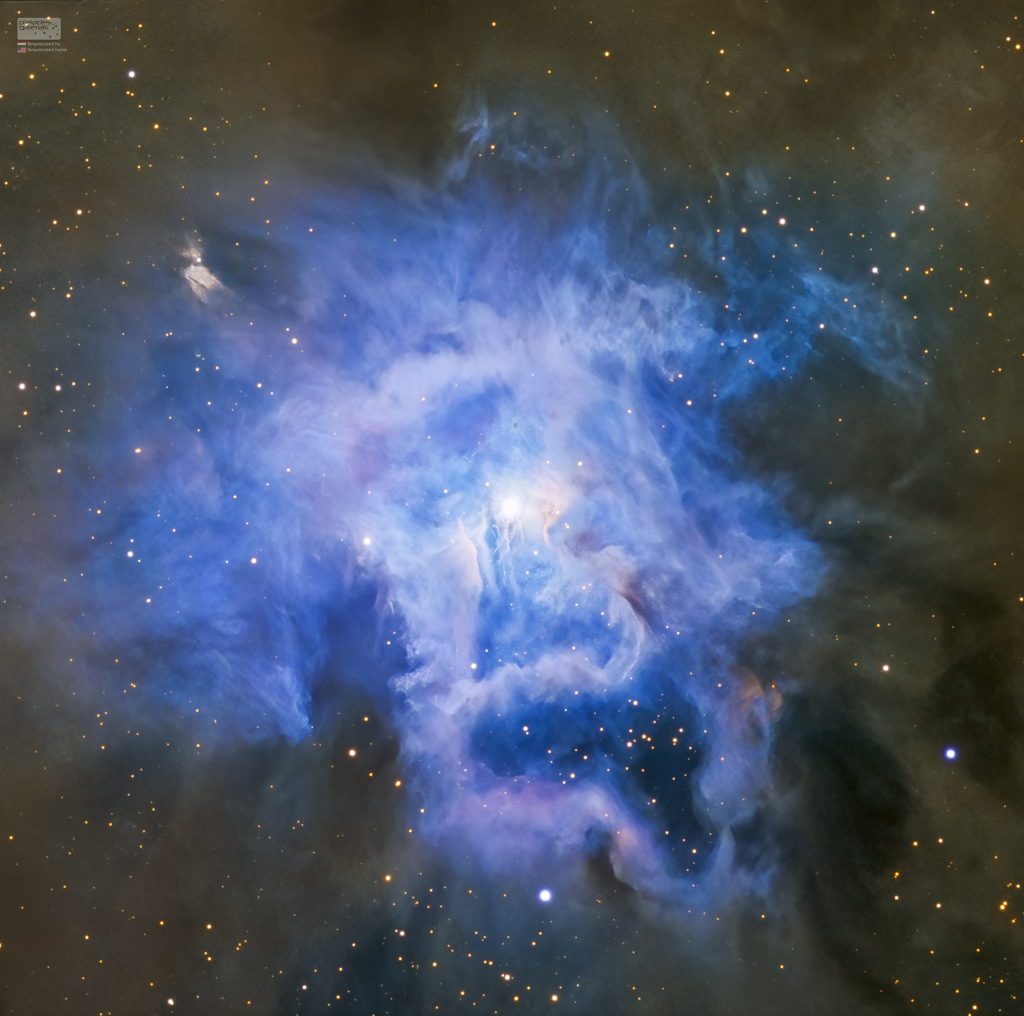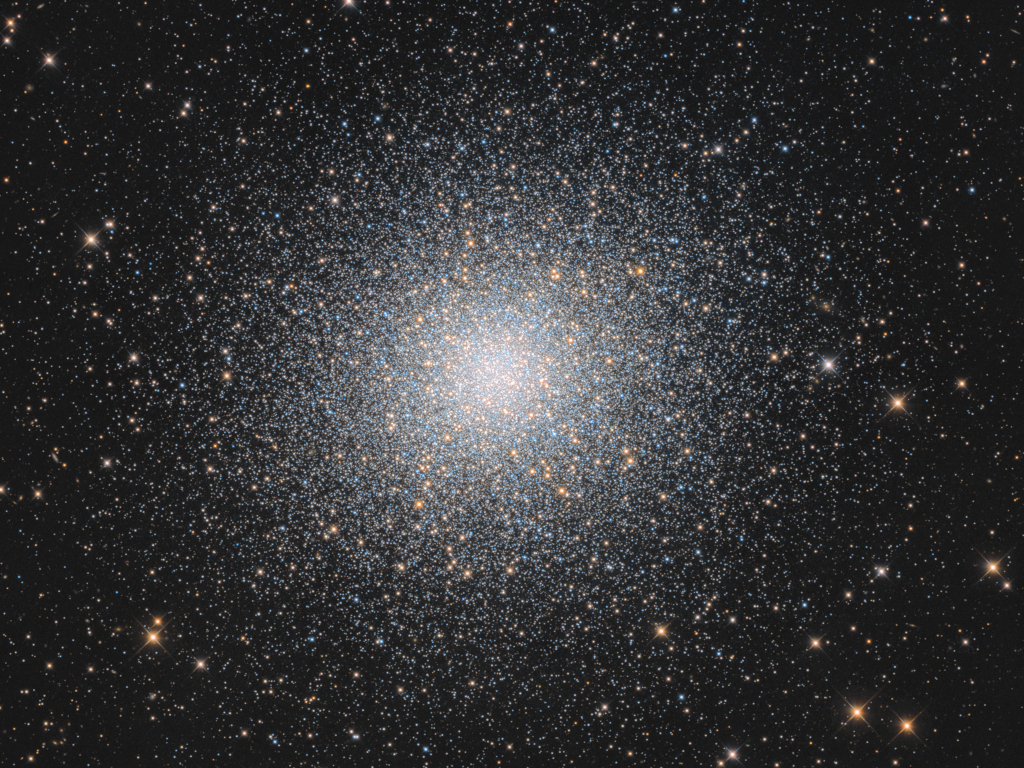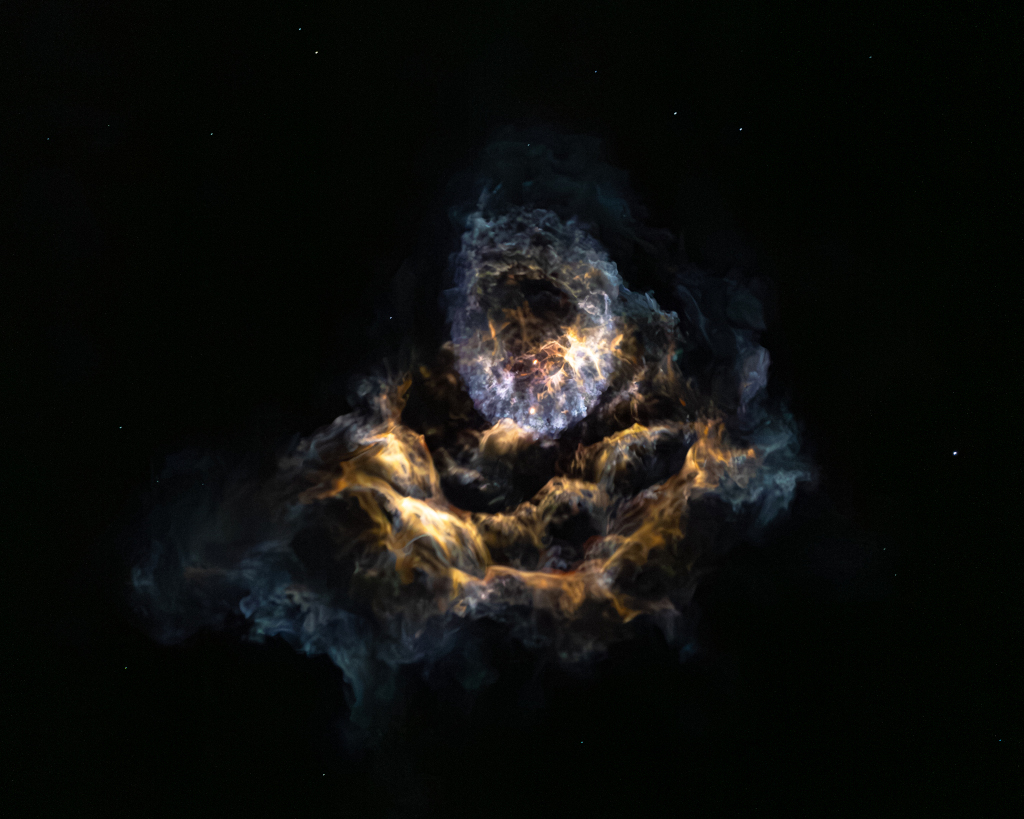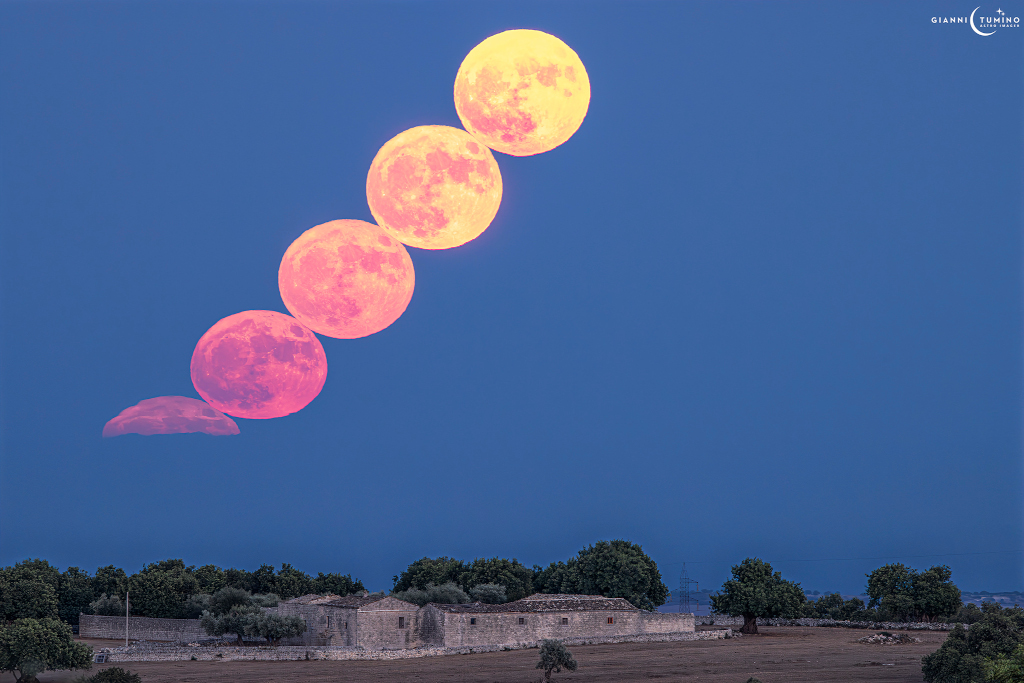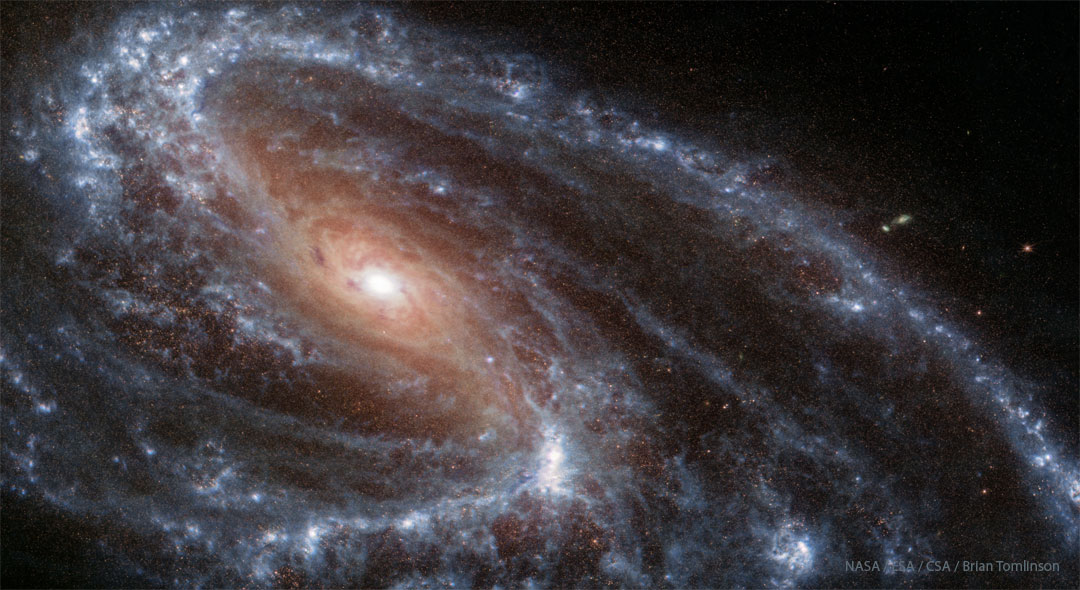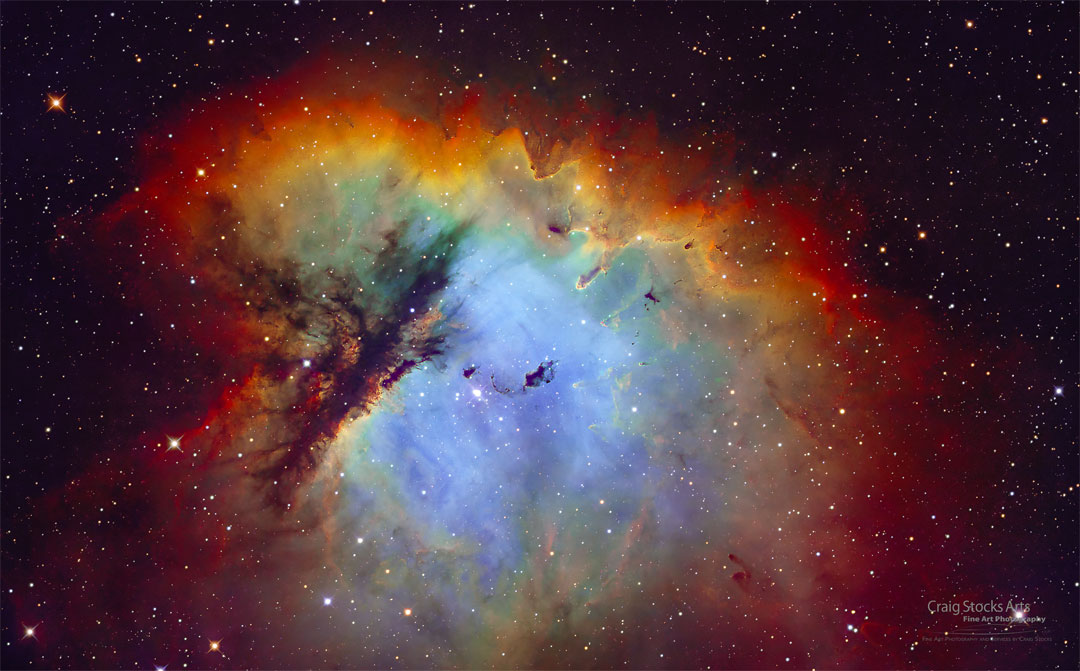안녕하세요, 잡학다식 입니다. 오늘은 과연 나사에서 어떤 방식으로 우주의 형상을 표현해 줄까요?
우선 이미지부터 볼 수 있도록 하겠습니다
해당 사진의 이름은 HESS Telescopes Explore the High-Energy Sky 인데요 우선 NASA에서 공식적으로 발표한 설명들을 확인해 보겠습니다
They may look like modern mechanical dinosaurs, but they are enormous swiveling eyes that watch the sky. The High Energy Stereoscopic System (H.E.S.S.) Observatory is composed of four 12-meter reflecting-mirror telescopes surrounding a larger telescope housing a 28-meter mirror. They are designed to detect strange flickers of blue light -- Cherenkov radiation --emitted when charged particles move slightly faster than the speed of light in air. This light is emitted when a gamma ray from a distant source strikes a molecule in Earth's atmosphere and starts a charged-particle shower. H.E.S.S. is sensitive to some of the highest energy photons (TeV) crossing the universe. Operating since 2003 in Namibia, H.E.S.S. has searched for dark matter and has discovered over 50 sources emitting high energy radiation including supernova remnants and the centers of galaxies that contain supermassive black holes. Pictured in June, H.E.S.S. telescopes swivel and stare in time-lapse sequences shot in front of our Milky Way Galaxy and the Magellanic Clouds -- as the occasional Earth-orbiting satellite zips by. Surf the Universe: Random APOD Generator
이번에도 광활한 우주 앞에 인간이 얼마나 작은 존재인지 다시 한번 알게 되는것 같습니다
저는 내일도 더 좋은 사진과 함께 돌아오겠습니다, 그럼 행목한 하루 되시길 바랍니다
'과학상식' 카테고리의 다른 글
| NASA 나사의 오늘의 이미지들 (2023-09-08) (0) | 2023.09.09 |
|---|---|
| NASA 나사의 오늘의 이미지들 (2023-09-07) (0) | 2023.09.08 |
| NASA 나사의 오늘의 이미지들 (2023-09-05) (0) | 2023.09.06 |
| NASA 나사의 오늘의 이미지들 (2023-09-04) (0) | 2023.09.05 |
| NASA 나사의 오늘의 이미지들 (2023-09-03) (0) | 2023.09.04 |
